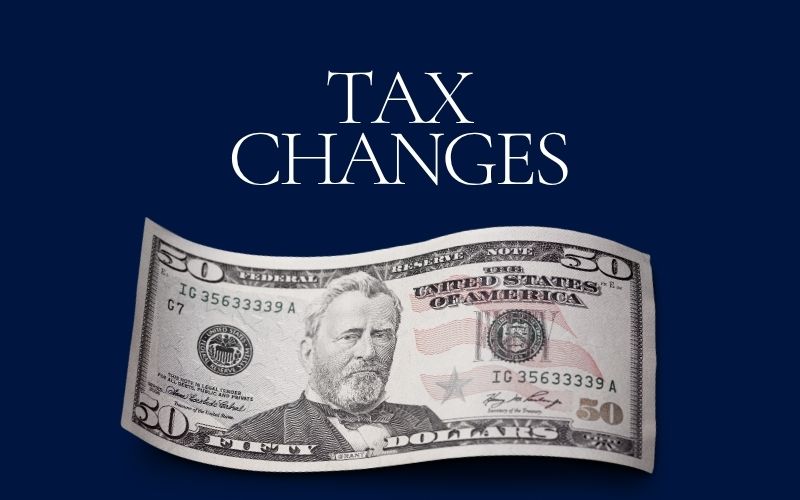Big changes are in the works that could impact how much money you take home, both from Columbus and Washington, D.C.
Here in the state, the Senate just passed a major budget bill (HB 96) that would move to a flat 2.75% income tax, overhaul property taxes, and invest heavily in schools, mental health, water quality, and even a new Cleveland Browns stadium project.
At the same time, President Trump’s tax and spending plan, known as the “One Big Beautiful Bill,” is making its way through Congress.
After passing the Senate with a few changes, the bill is back in the House for a final vote, with the goal of getting it to the president’s desk by July 4th.
What’s in the Ohio Plan:
- Flat state income tax at 2.75% (low-income earners under $26,050 stay tax-free)
- Property tax reforms to protect homeowners from big spikes
- $634 million in new school funding
- $600 million for the Cleveland Browns stadium project—using unclaimed funds, not tax dollars
- Extra funding for mental health services, vet schools, clean water, and support for blind and deaf Ohioans
Senate leaders say the plan lowers tax burdens and invests in Ohio’s future, without dipping into the state’s general revenue fund.
Logan County Auditor Jack Reser weighs in on taxes and what changes could (and need to) come to Logan County:
What’s in Trump’s Bill:
- The largest tax cut in U.S. history, according to supporters
- Lower taxes for workers and businesses
- Incentives to bring back manufacturing jobs
- Spending cuts and new Medicaid work requirements for able-bodied adults
A new analysis from the Council of Economic Advisers says the average Ohio family could see $6,900 to $11,700 more in take-home pay every year, with wages rising up to $10,000 over time.
Backers of both plans say they’ll grow the economy, reward hard work, and give people more control over their money.
But critics are warning that some could lose access to healthcare, and that tax cuts without enough spending cuts could balloon the national debt.
Next steps: the Ohio House will debate the state budget, while Congress takes one more vote on the federal bill.
All eyes are on whether both proposals make it across the finish line in the coming weeks.















